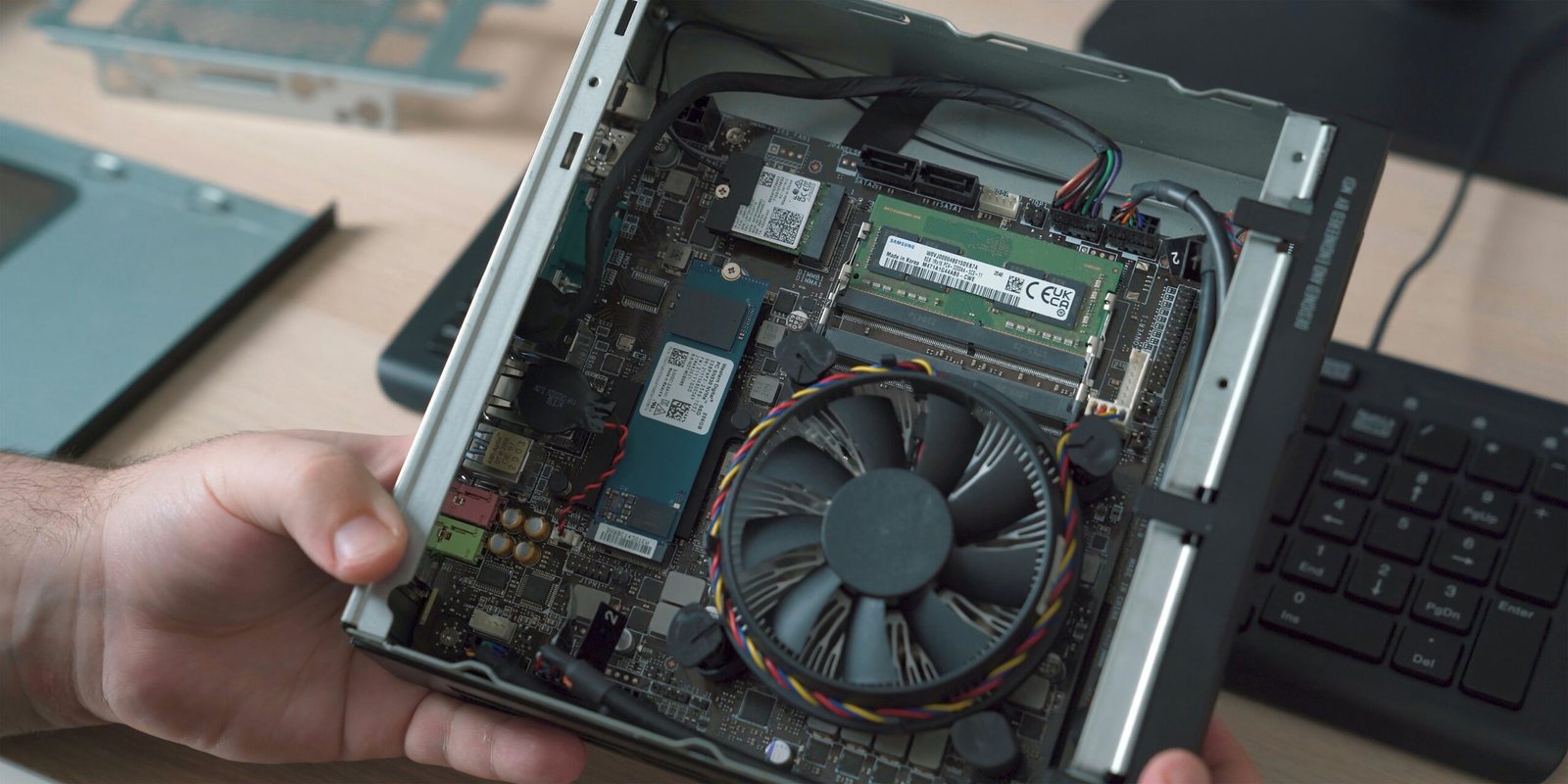Which Lasts Longer: LCD or LED?
Understanding LCD and LED Technologies
To grasp the longevity and performance of LCD (Liquid Crystal Display) and LED (Light Emitting Diode) screens, it is crucial to understand their fundamental technologies. Despite their similar outward appearance, both have distinct internal mechanisms and applications.
LCD technology has been prevalent since the mid-20th century, culminating as a major display technology by the 1990s. An LCD screen comprises several layers, the most critical being liquid crystals sandwiched between two polarized glass panels. These liquid crystals don’t emit light directly. Instead, they modulate light provided by a backlight, traditionally comprised of either fluorescent lamps or LEDs. The arrangement of liquid crystals alters in response to electrical currents, controlling the passage of light and subsequently producing images on the screen.
On the other hand, LED technology, first introduced in the 1960s, employs light-emitting diodes for illumination. LEDs generate light through electroluminescence, where electric currents pass through a semiconductor material, emitting photons. In display terms, an LED screen can either use an array of LEDs as its backlight or employ individual LEDs to create images directly, as seen in OLED (Organic LED) displays. This distinction leads to varied implementations in different devices, ranging from simple indicator lights to advanced display panels. LED displays often offer superior brightness, energy efficiency, and color accuracy due to this direct illumination approach.
Both LCD and LED technologies have found widespread application in modern electronics. LCDs became ubiquitous in televisions, computer monitors, smartphones, and tablets due to their cost-effectiveness and decent performance. Meanwhile, LED technology, given its advantages in brightness and energy efficiency, has penetrated markets for high-resolution displays, including newer-generation televisions, premium monitors, and smartphones. These developments showcase how each technology has evolved and adapted to meet diverse consumer demands.
Ultimately, understanding these core differences enables consumers to make informed decisions when choosing between LCD and LED displays, considering factors like application requirements, performance, and longevity.
“`html
Factors Influencing the Lifespan of LCD and LED Displays
Understanding the various factors that influence the longevity of LCD (Liquid Crystal Display) and LED (Light Emitting Diode) displays is crucial when making an informed decision about which to choose. These factors can impact the durability and overall performance of the display units. Central to the lifespan of both types is screen brightness, which directly affects the strain on the display components.
In LCDs, the primary source of light is the backlight technology. Most LCD displays employ Cold Cathode Fluorescent Lamps (CCFLs) or Light Emitting Diodes (LEDs) as backlighting sources. The brightness setting of the display can significantly impact the degradation rate of these lighting mechanisms. Similarly, the power consumption requirements of an LCD display are closely tied to its brightness levels. Higher brightness typically equates to higher power usage, which can reduce the lifespan due to increased thermal stress.
LED displays, on the other hand, utilize individual diodes to emit light. These diodes generally have a longer lifespan compared to CCFLs. However, prolonged exposure to high brightness can still accelerate wear and tear, albeit at a slower rate than in LCD displays. Usage patterns also play a pivotal role; for instance, screens that are continuously on for extended periods will naturally degrade faster. Factors like screen resolution and refresh rates can add additional stress to the electronic components, potentially shortening display longevity.
External environmental conditions can further influence the lifespan of both LCD and LED displays. Excessive exposure to sunlight can cause UV damage, leading to screen fade and degradation of materials. Similarly, extreme temperatures and humidity can negatively affect the internal circuitry of the displays.
Additionally, maintenance requirements vary between the two types. Common issues like screen burn-in are more prevalent in certain LED displays, while LCDs might experience dead pixels more frequently over time. Color degradation is a concern for both, but LEDs tend to maintain color integrity longer due to their distinct light-emission method.
In comparing the durability of LCD versus LED displays, it becomes clear that a holistic view of usage and environmental conditions, coupled with proper maintenance, is integral to maximizing the lifespan of either type.
“`
Real-World Performance and User Experiences
When examining the real-world performance and user experiences of LCD and LED displays, one must consider diverse sources such as user reviews, expert analyses, and practical case studies. These perspectives collectively shed light on the longevity and overall dependability of each display technology.
Users often report their experiences based on the lifespan of their devices. For instance, many report that LCD screens typically last between 30,000 to 60,000 hours. This range generally covers several years of regular usage. LED displays, on the other hand, often boast similar, if not superior, durability. Common estimates suggest LED screens last about 50,000 to 100,000 hours, illustrating a potentially extended lifespan compared to LCD screens.
Furthermore, expert analyses frequently highlight the resilience of LED technology over traditional LCDs. LED screens possess a notable advantage in longevity due to their more efficient light-emitting diodes, which degrade slower than the fluorescent lights used in conventional LCDs. This slower degradation directly impacts screen performance, leading to a longer sustained quality of image over years of use.
Case studies of popular devices, such as smartphones and televisions, corroborate these findings. For example, users of high-end LED TVs such as those from Samsung or LG often remark on the sustained performance of their displays after several years. In contrast, earlier generations of LCD TVs have shown a tendency to experience issues like color fading or reduced brightness over time.
Manufacturer specifications and industry standards further reinforce these trends. Many manufacturers provide warranties reflecting confidence in the extended durability of LED displays. For commonly used devices, it becomes evident that LED technology often provides a more reliable long-term investment.
Considering these varied sources, it becomes clear that, although both LCD and LED technologies offer significant lifespans, LED displays generally emerge as the preferred choice for users prioritizing long-lasting performance and consistency.
Making an Informed Choice Based on Longevity
When deliberating between LCD and LED displays, understanding their respective lifespans is paramount. LCD (liquid crystal display) technology is generally robust, benefiting from stable backlighting systems that can offer years of consistent performance. On the other hand, LED (light-emitting diode) displays stand out for their enhanced energy efficiency and improved longevity, primarily due to their use of individual diodes that age more gradually.
While LCDs might have an edge in certain environments where temperature regulation is challenging, LEDs are notable for their ability to maintain brightness over more extended periods. This can be crucial in settings such as control rooms or digital signage, where continuous operation is a necessity. However, one must also weigh the initial investment; LED displays tend to come with a higher upfront cost.
To maximize the lifespan of both LCD and LED displays, adherence to best practices is essential. Regular maintenance, such as cleaning the screen with appropriate materials and ensuring that ventilation systems are operational, can significantly extend a display’s functional period. It is also recommended to avoid exposing the displays to extreme temperatures and high humidity, which can accelerate deterioration. Additionally, employing screen savers and adjusting brightness levels to suit ambient lighting conditions can reduce strain on the display components.
When considering a purchase, it’s important to align the choice of display with specific needs and budget constraints. For applications demanding prolonged usage and minimal maintenance, investing in an LED display might be advantageous despite the higher initial cost. Conversely, if budget limitations are a significant concern and the usage is moderate, an LCD could be a more practical option.
Ultimately, both LCD and LED technologies have their inherent strengths. By understanding these intricacies and following best practices for care and maintenance, users can ensure that their chosen displays offer optimal performance and longevity, tailored to their unique requirements.







